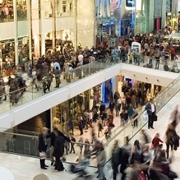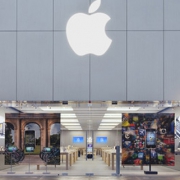VALUE OF STORES
A research seeks to measure the role of the physical store.
Nearly nine out of ten UK retail sales involve a physical store. The True Value of Stores research seeks to measure the role of the physical store in an omnichannel age, based on interviews with 30,000 consumers. It finds that 89 per cent of retail sales ‘touched’ a physical store because shoppers either bought from a store, collected from one after ordering online, or bought online after browsing in-store.
The figure represents a 5 per cent boost to in-store sales and demonstrates how different retail channels complement each other. The grocery sector, which accounts for half of retail sales, distorts the average because few of its online sales touch physical stores, because of home delivery services and the lack of browsing for regular purchases. Excluding grocery, retailers with a bricks and mortar presence accounted for 66 per cent. The research finds that 53 per cent of those online sales touched a store.
The research found that women use click and collect more than men, but also engage with stores more as part of their shopping journeys. Younger age groups are shown to be the most attached to stores, with those in the 16-24 and 25-34 groups most likely to touch them, and least likely to use pure play online retailers – hinting that physical stores may remain important in the future.
The importance of retail stores differs across sectors. Just under half (49 per cent ) of electrical purchases are made in-store, but 65 per cent of sales rely on a store to occur according to the research. This equates to a boost of in-store sales of 32 per cent for the sector; sports and toys sees a 25 per cent boost and department stores, 20 per cent.
Home sectors and health and beauty see a relatively low level of increase, mainly because of a relatively low penetration of online sales.




